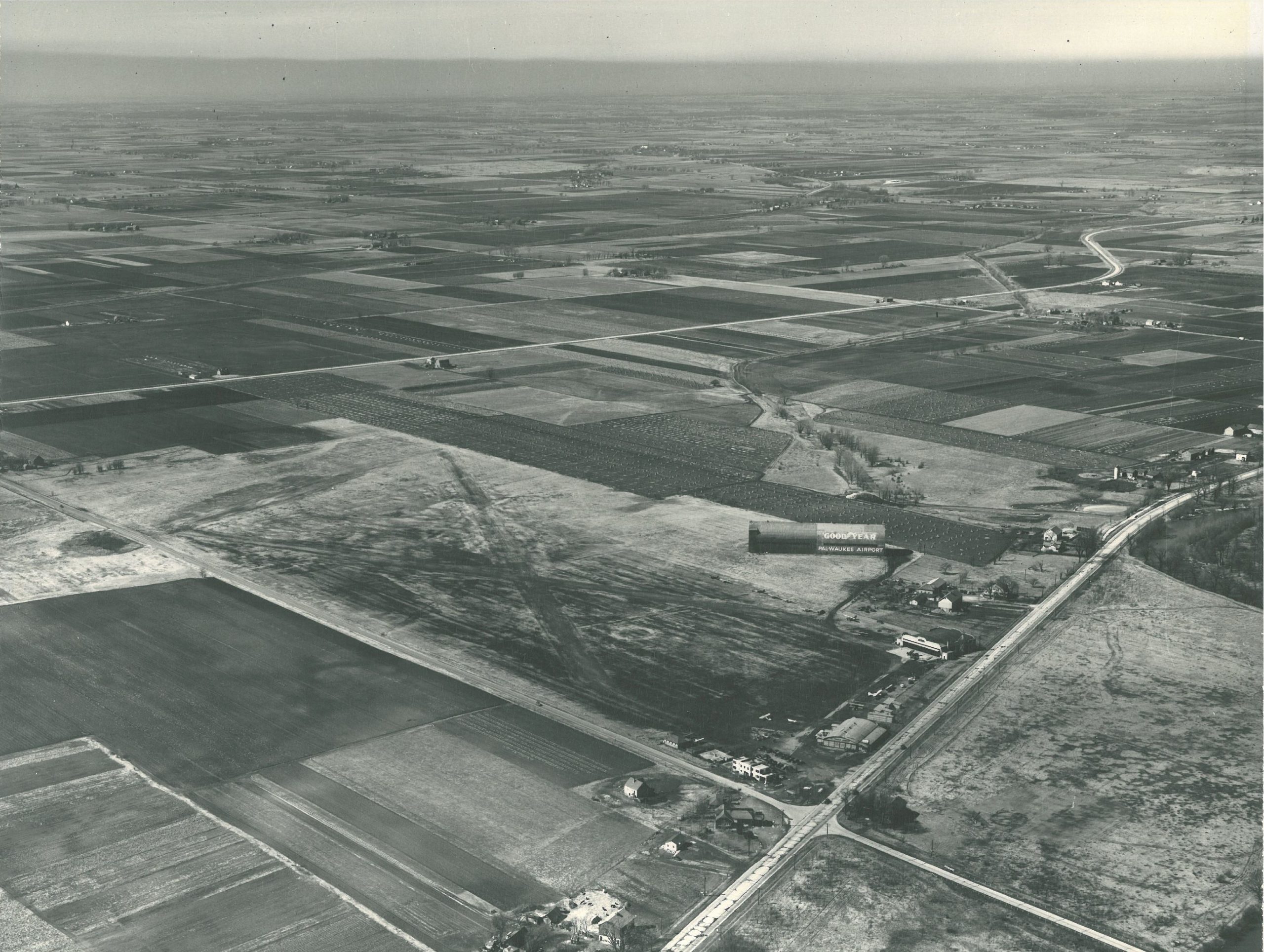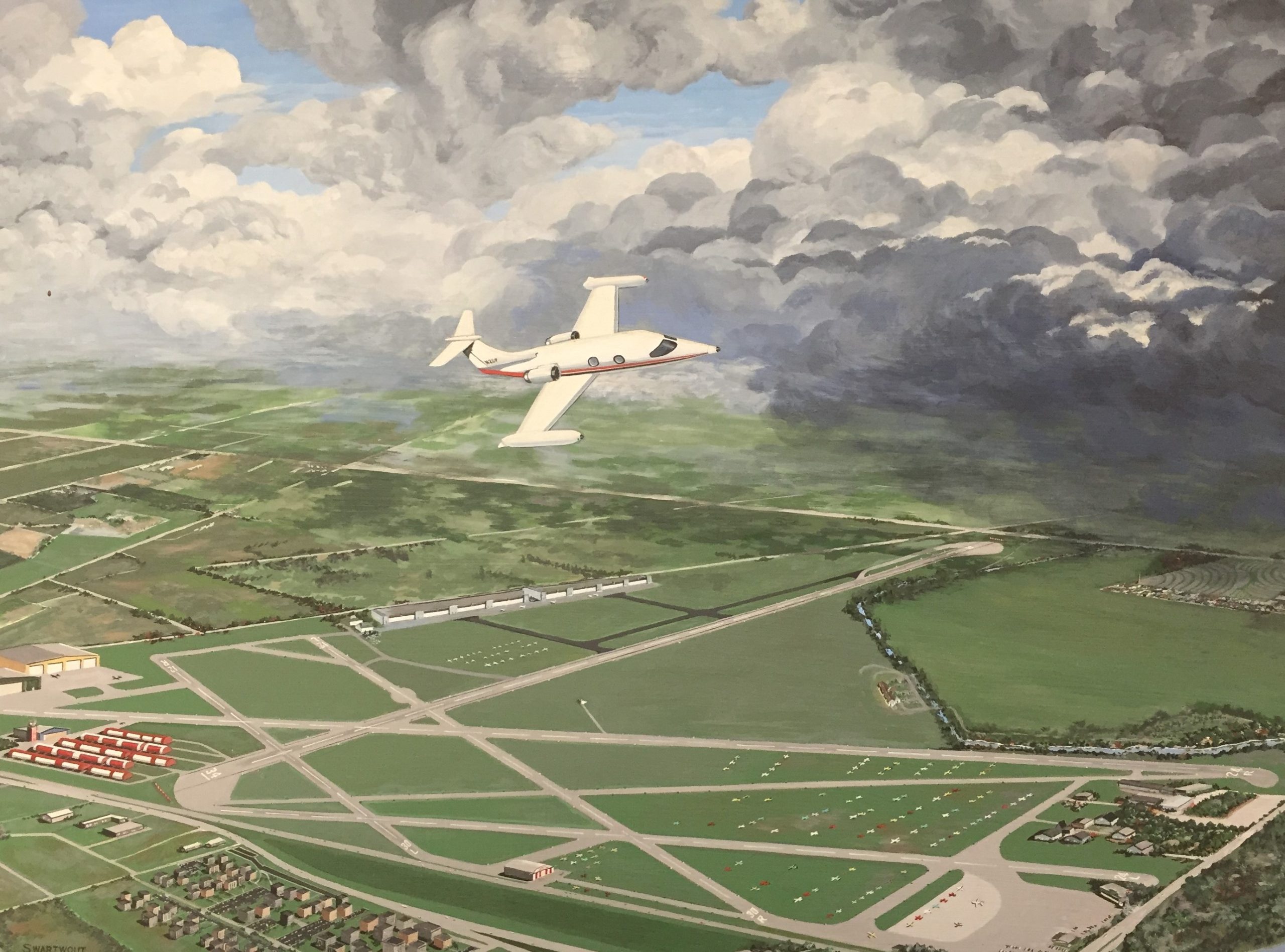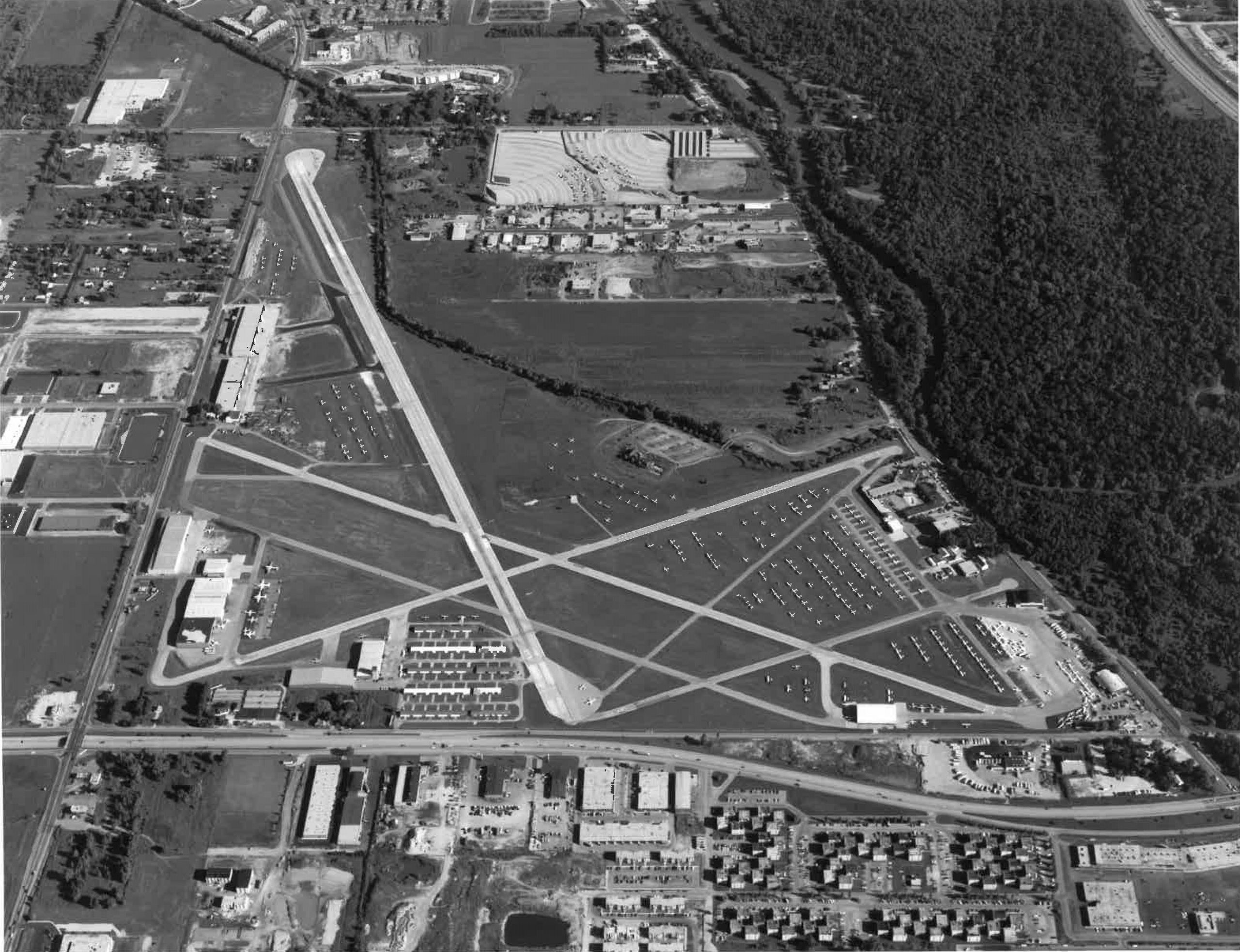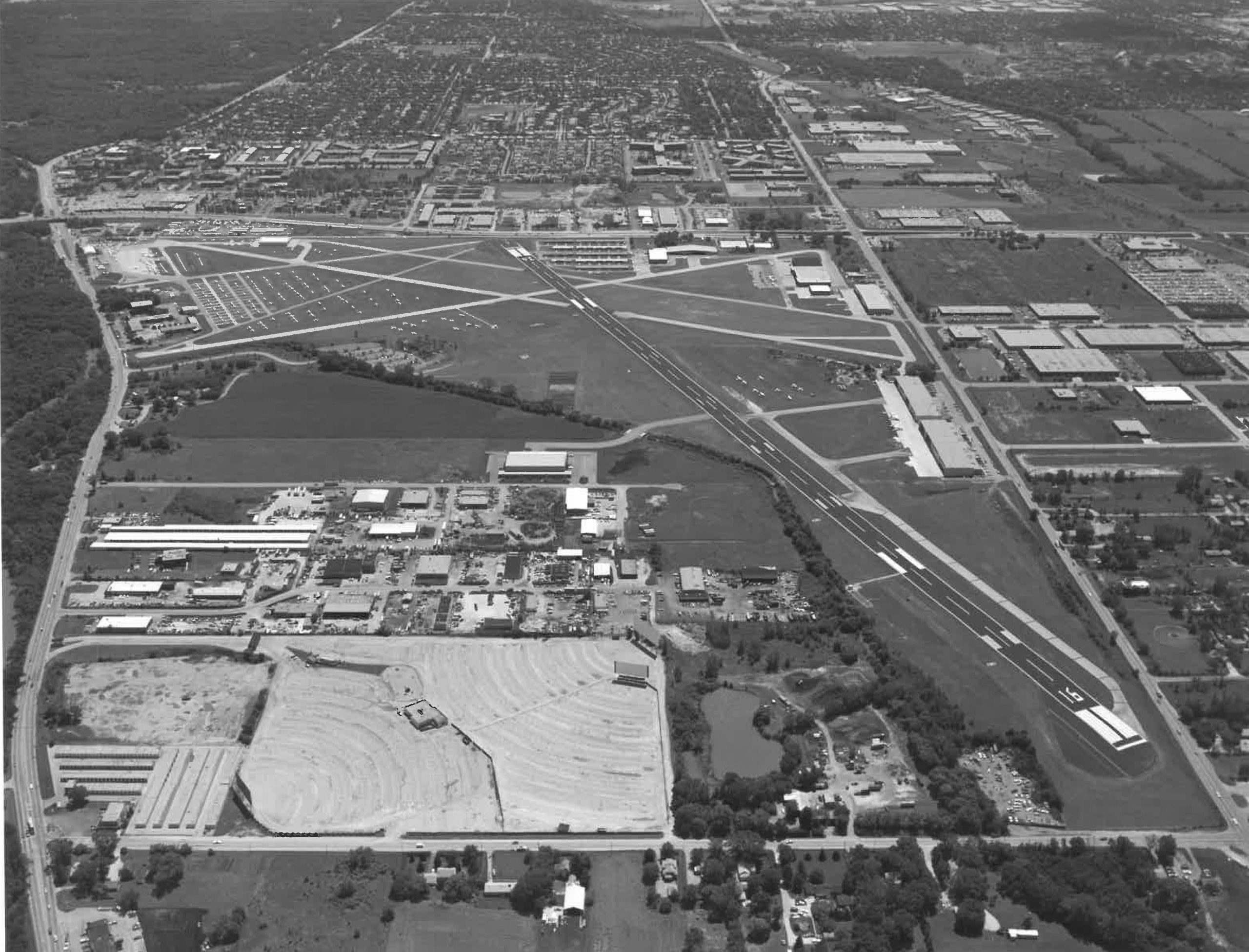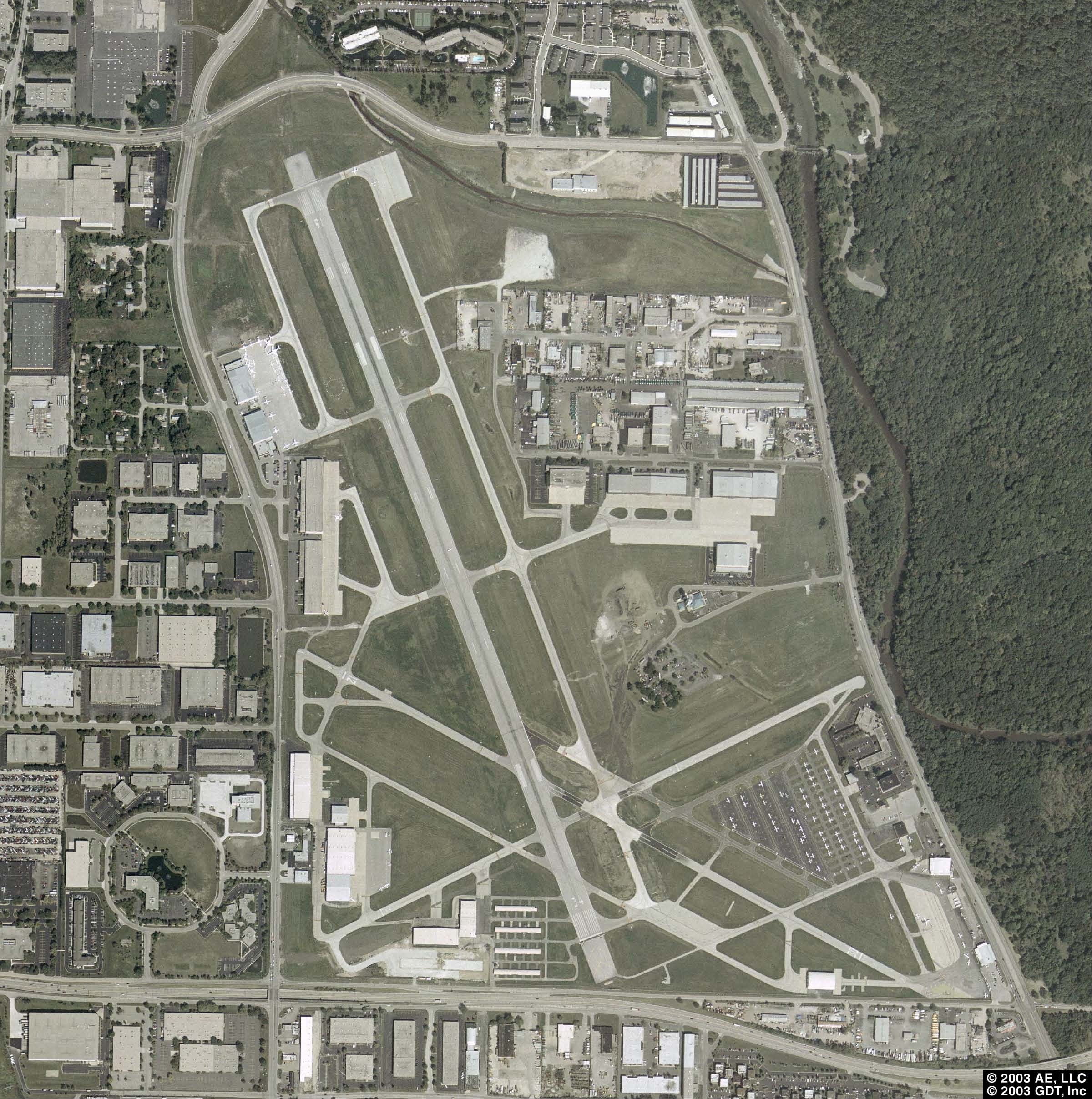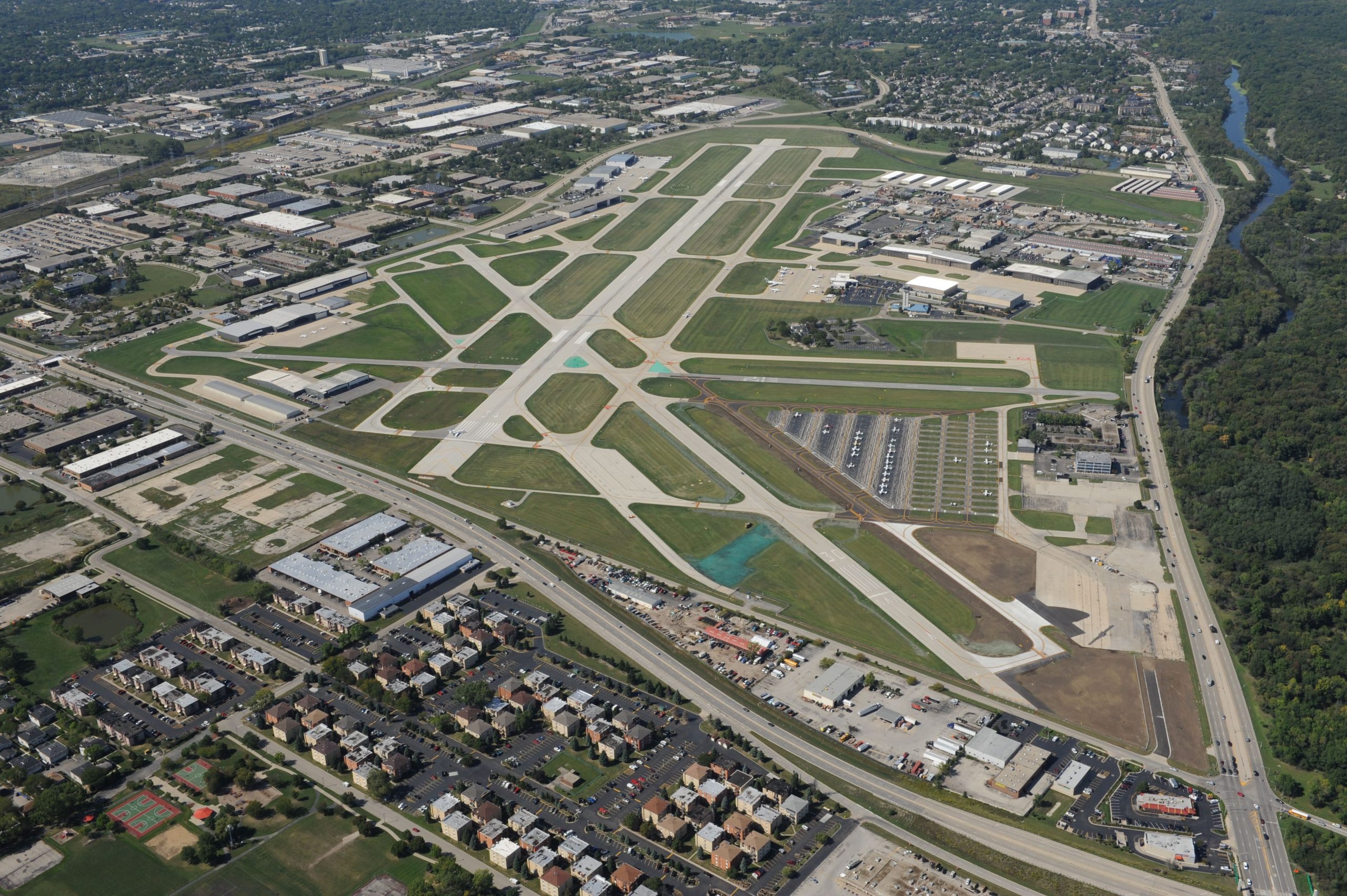Aerial Photography
Our History
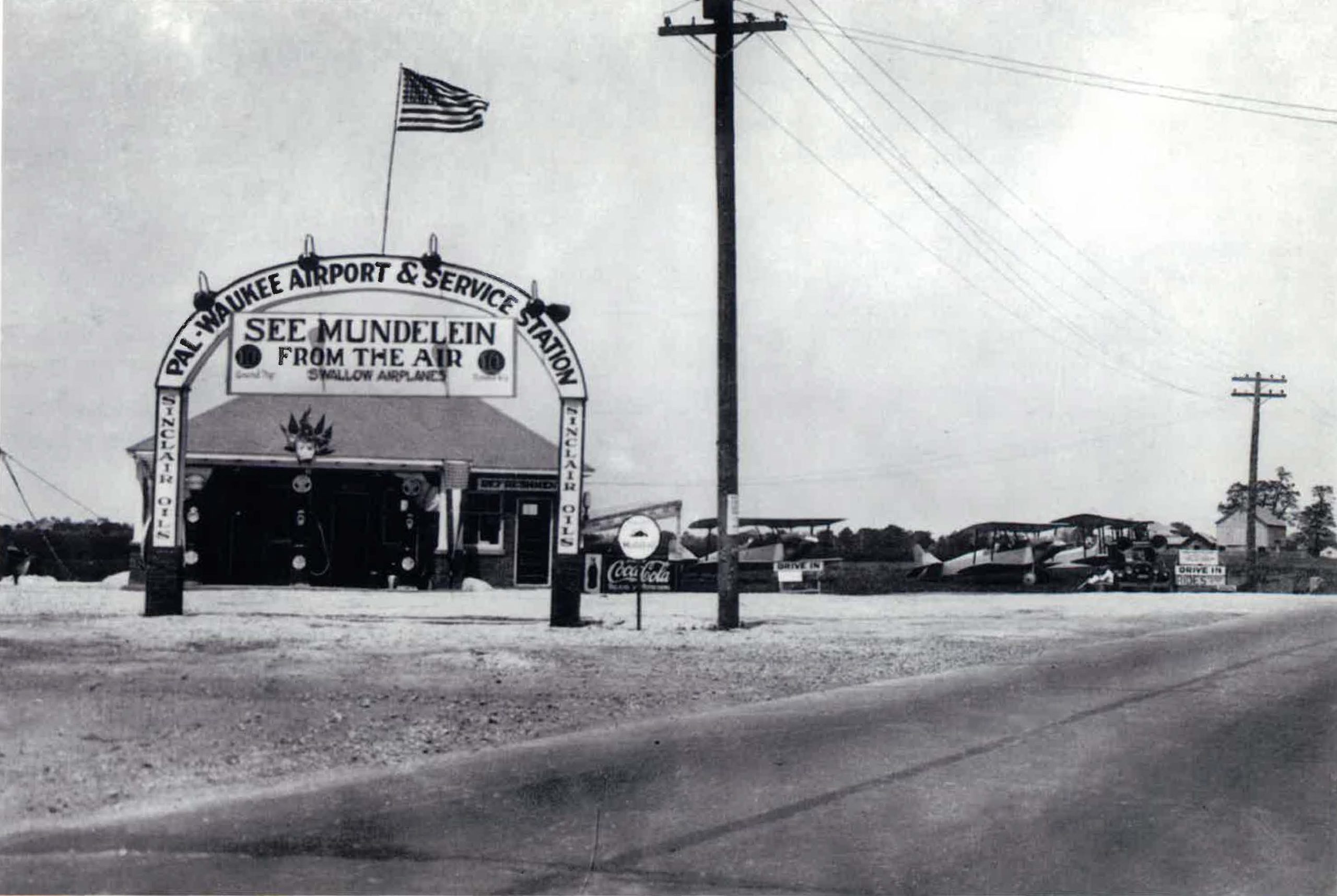 Founded in 1926, Chicago Executive Airport has grown over the years from a 40-acre grassy open area with dirt runways to a general aviation airport servicing the metropolitan Chicago area as one of the nation’s busiest reliever airports.
Founded in 1926, Chicago Executive Airport has grown over the years from a 40-acre grassy open area with dirt runways to a general aviation airport servicing the metropolitan Chicago area as one of the nation’s busiest reliever airports.
Historically, Chicago Executive Airport’s growth reflects the development of its neighboring communities. Chicago Executive Airport continues to grow today with an official plan aimed at facilitating a responsible role for the airport as a part of the surrounding communities.
The airport was originally known as Gauthier’s Flying Field. Upon dedication as an airport by brothers Frank and Pete Barchard, it was named Swallow Airplane Field after the Swallow OX-5 airplane based there. Under new ownership, the airport was incorporated as Pal-Waukee Air Port in November 1928. Later expansion grew the airfield to 91 acres in the 1930s and included the addition of a Blimp Hangar to the field in 1933. The airport experienced significant growth during the 1940s when it was developed to cover 109 acres and consisted of a gravel runway and 70 individual T-hangars.
In 1953, Priester Aviation Service acquired the Airport. Priester continued to develop the Airport for the next 33 years. Lighting was installed on the paved runway and a DC-3 hangar was constructed in 1954. By May of 1959, the Airport boasted four runways, with A VOR approach established shortly thereafter in 1961. New corporate hangars and a 5,000-foot runway (16/34) were constructed in 1965. In 1967, the Federal Aviation Administration (FAA) commissioned an air traffic control tower at the airport.
A 1,600-foot partial taxiway parallel to Runway 16/34 was completed in 1974. In the same year, the FAA began an ILS installation. The largest corporate hangar constructed to date was built in 2000. Improvements made by Priester Aviation at the airport continued throughout the late 1970s into the early 1980s, until the airport was acquired by its neighboring communities.
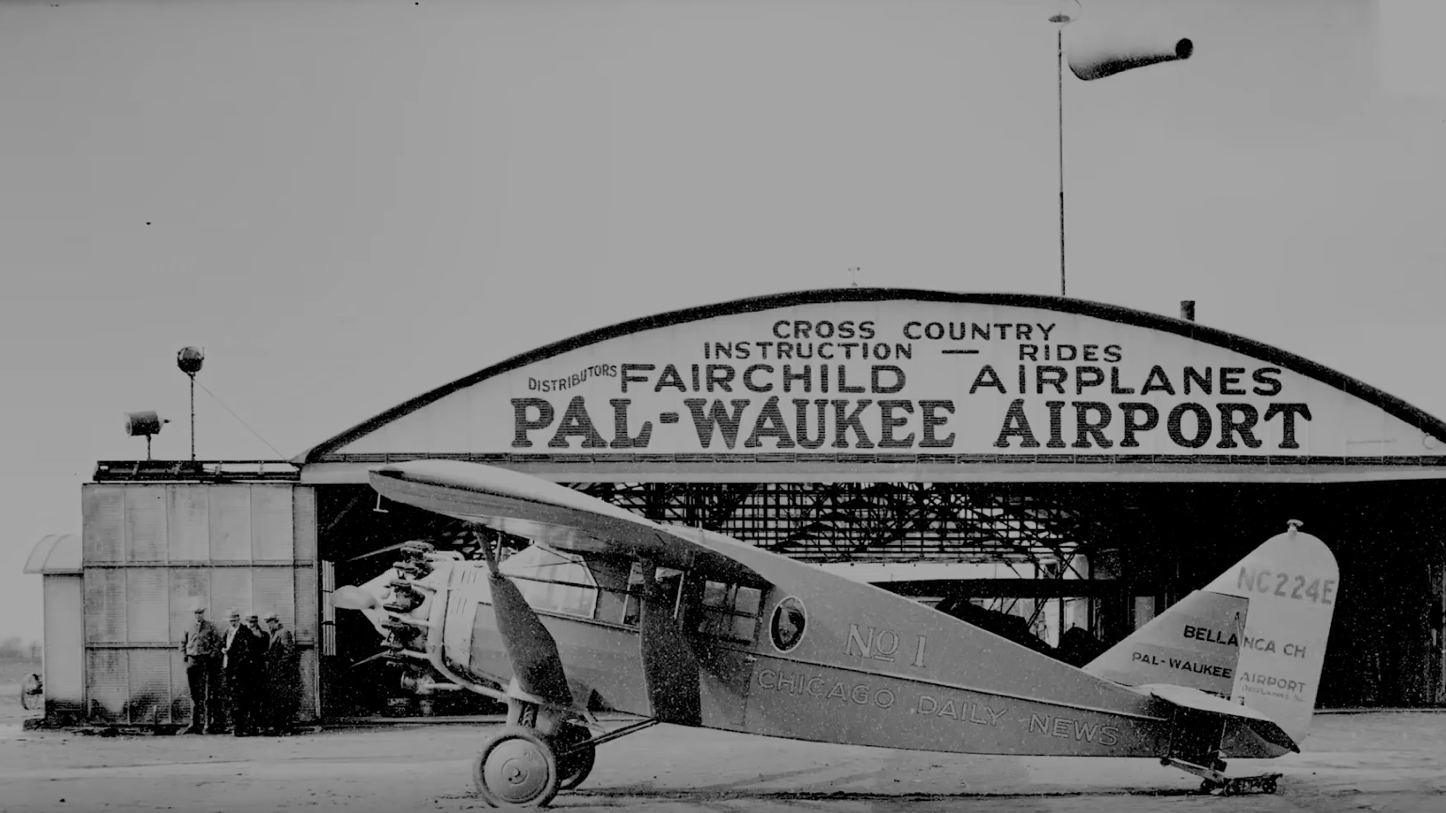 On December 26, 1986, the Airport changed from private to public ownership, as the City of Prospect Heights and the Village of Wheeling purchased what was then Palwaukee from Priester Aviation. Priester continued to operate the only fixed base operation following the purchase. Funding for the purchase was contributed by the FAA, the Illinois Department of Transportation and the municipalities. Funding from Prospect Heights and Wheeling was provided through airport revenues and had no effect on the municipal taxes for the two communities.
On December 26, 1986, the Airport changed from private to public ownership, as the City of Prospect Heights and the Village of Wheeling purchased what was then Palwaukee from Priester Aviation. Priester continued to operate the only fixed base operation following the purchase. Funding for the purchase was contributed by the FAA, the Illinois Department of Transportation and the municipalities. Funding from Prospect Heights and Wheeling was provided through airport revenues and had no effect on the municipal taxes for the two communities.
The airport has undergone significant construction, upgrading, and development projects. The intersection of two major arterial roadways and a drainage ditch were relocated beyond the runway safety area. A new air traffic control tower was commissioned in 1997. Beginning in 1997, Priester Aviation constructed three new corporate hangars in the east quadrant of the Airport that are capable of providing access for the new transcontinental business aircraft entering service. North American Jet, Inc. began construction of a second, fixed base operator facility in 1998.
By the mid-2000s, Palwaukee Airport played a significant role in the national air system. With the approval of its owners, the City of Prospect Heights and the Village of Wheeling, the name was officially changed to Chicago Executive Airport on October 17, 2006 to be more reflective of its current capacity.
Today, Chicago Executive Airport is home to 325 aircraft, including 57 corporate jet aircraft. Consisting of three active runways and covering more than 412 acres, Chicago Executive Airport is the fourth busiest airport in Illinois and plays a crucial role as a reliever for the region, which includes O’Hare International Airport.
The airport operates 24 hours a day year round. The air traffic control tower is staffed by the FAA and operates daily between 6 a.m. weekdays (7 a.m. weekends) and 10 p.m. The primary users of Chicago Executive Airport include private airplane owners, flight schools, businesses who maintain their company aircraft at the airport and major national corporations.
The airport has been involved in modernization projects to bring it up to federal standards, which include improving runways and building taxiways and aprons.
Chicago Executive Airport is managed under the guidance of the Chicago Executive Airport Board of Directors, an advisory board of members from each municipality, who consider both current and long-term plans for the airport. The airport brings prestige and economic development for both municipalities through careful planning.
